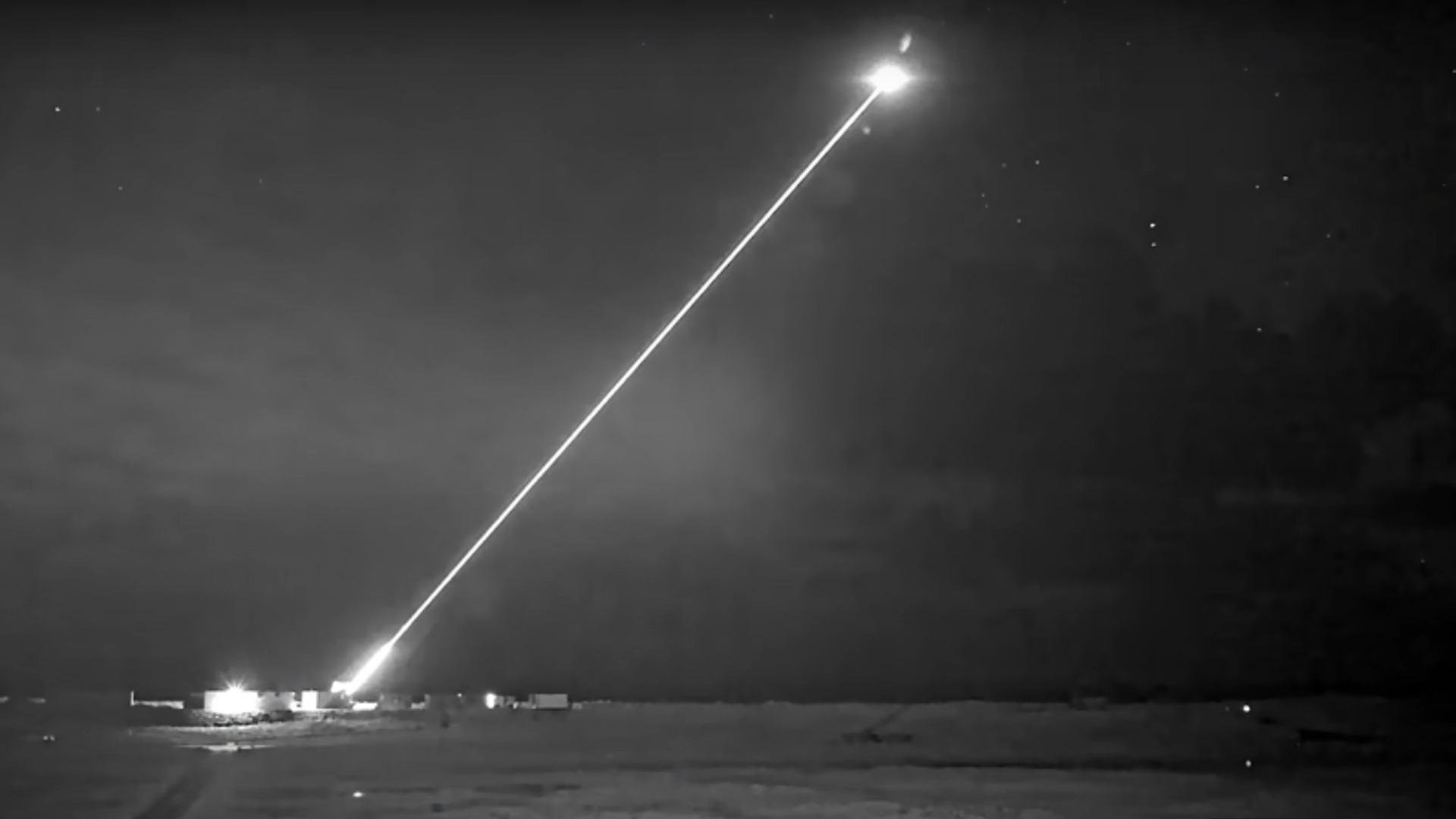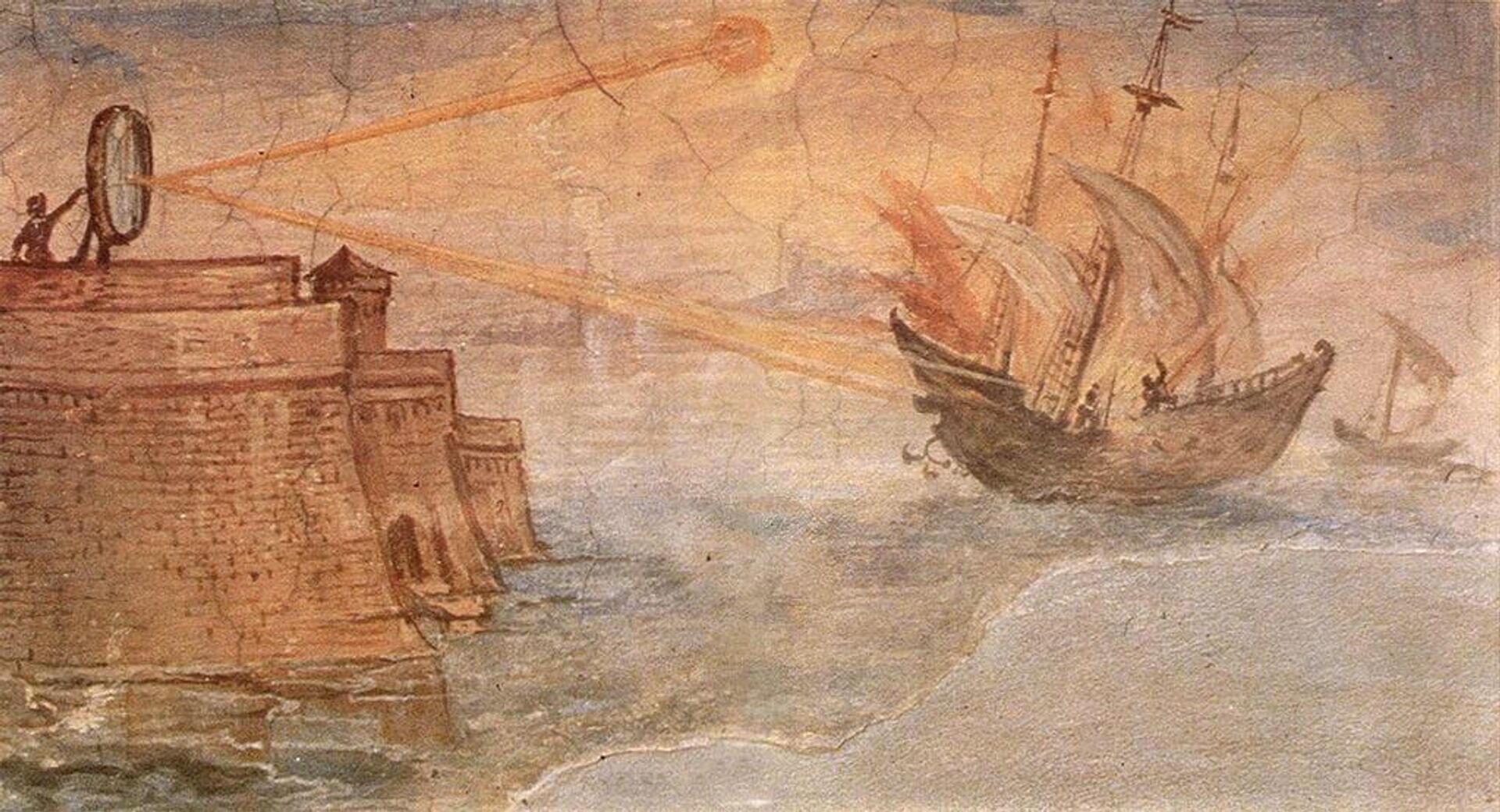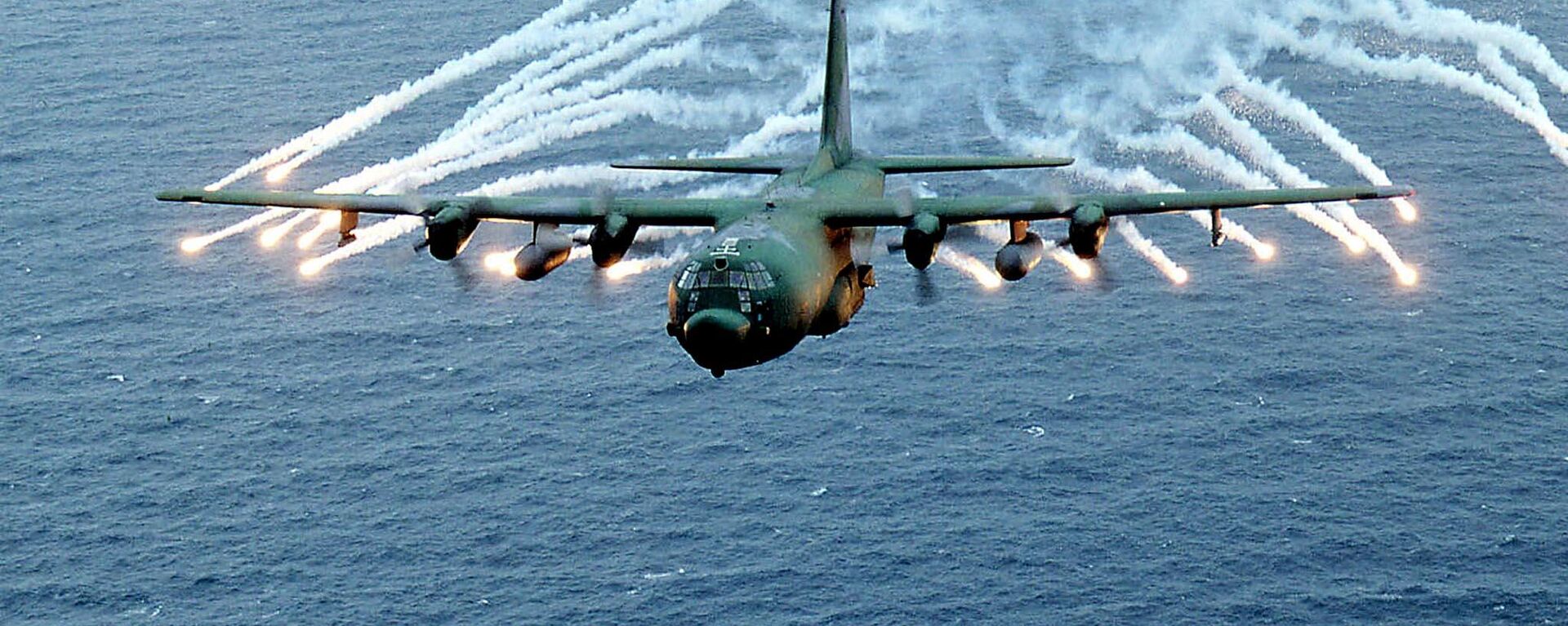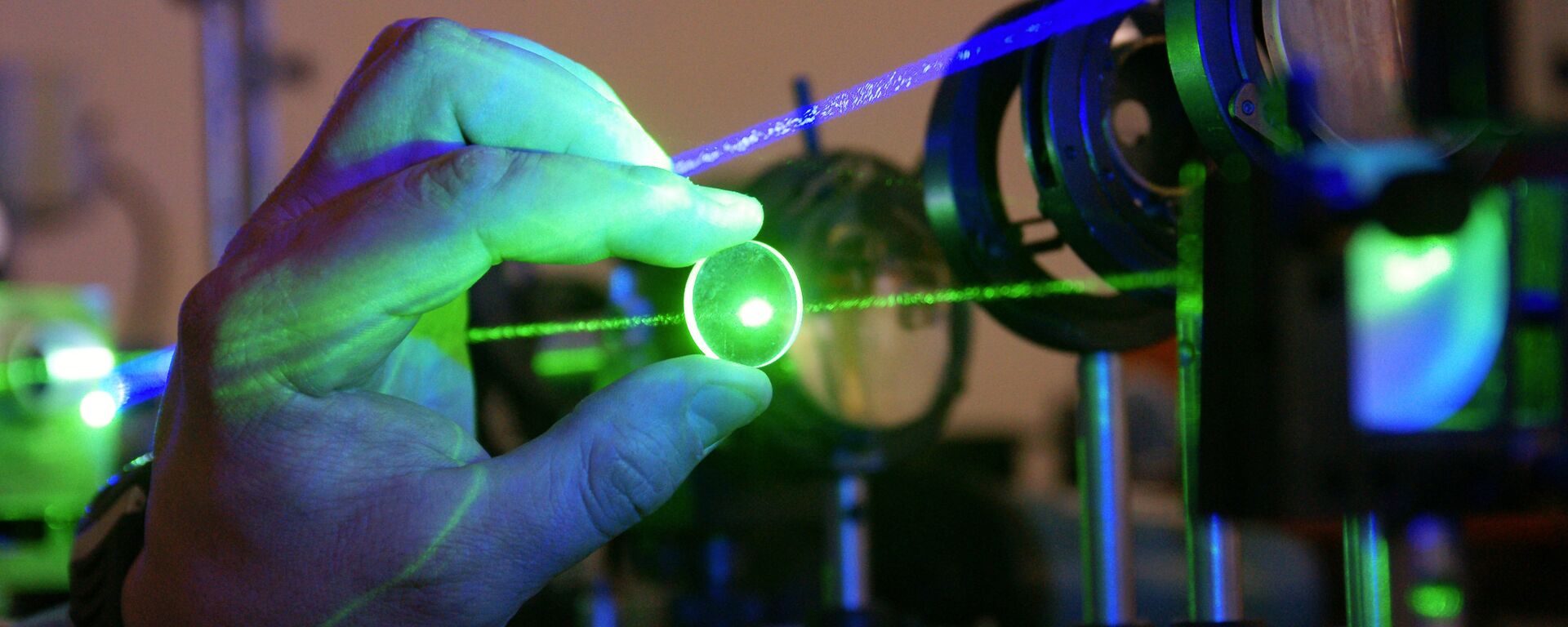Britain’s DragonFire Battle Laser: War-Winning Weapon or £100 Mln Optical Illusion?

© Photo : UK Ministry of Defense
Subscribe
Britain's defense secretary told reporters on Thursday that a prototype of the UK's new drone and missile-destroying DragonFire laser platform could be sent to Ukraine for combat testing, boasting that the system is so advanced that nothing like it is likely to be developed by any other country any time soon. What do we know about DragonFire?
The UK’s ambitious DragonFire program isn’t the panacea Britain’s defense establishment seems to think it is, with laser weapons coming a long way since the 1970s and 1980s but still having quite a ways to go. That’s the assessment of veteran Russian military observer and defense tech expert Alexei Leonkov.
“It was thought for a long time that the creation of a combat laser which can be used during combat operations was something for the distant future,” Leonkov recalled in a recent interview with Russian media, commenting on footage put out by the UK Ministry of Defense in March showing a test of the DragonFire system.
“The main shortcoming of laser weapons in the conditions of the Earth’s atmosphere is the scattering of what’s called coherent radiation [intense light waves whose photons oscillate at the same frequency and whose wavelengths are in phase, ed.]. With every additional meter of range, the laser beam loses power, and its damaging properties are reduced. If at a short distance a laser can cut metals (and we see this in industry), the further it travels, the less powerful it is,” Leonkov said.
The system’s power requirements and low rate of fire are additional problems, ordinarily requiring large, bulky high-capacity energy capacitors to be carried along with the system to provide necessary power. It’s not clear whether or how British defense scientists have resolved this issue.
On top of that, Leonkov said, the properties of Earth’s atmosphere and various natural factors (cloud cover, rain, snow, fog, dust, soot and smoke, and other factors affecting visibility) make it difficult to perfect laser technologies capable of doing damage beyond blinding the enemy, or targeting at close ranges, if weather, climactic and ground conditions are right.
Britain’s Battle Laser: What Do We Know About It?
Britain’s MoD released dramatic footage of a test of the DragonFire directed energy weapon in March, showing the system firing a powerful beam of light into the night sky. Along with the testing footage, dated from the third quarter of 2023, the MoD released a computer graphic showing the laser being carried by a British warship and targeting a small boat, blinding an enemy drone and destroying two others. The system is also reportedly effective against mortars, and defense officials hope it could be used against ballistic missiles.
Defense Secretary Grant Shapps told reporters Thursday that the MoD is looking to fast track the development of the system, which he said “could have huge ramifications,” and that prototypes of the system could be deployed to Ukraine.
“I’m absolutely certain that what we’ve got going on here is very special, and a level that other countries are unlikely to be replicating because it’s so cutting-edge,” Shapps said.
According to the defense secretary, Ukraine might get prototypes of the system before it’s “100 percent perfect”, even though Britain itself plans to deploy DragonFire only three years from now, in 2027.
“2027 is the aim, but I want to look at every single aspect of this. There’s a live conflict going on in Europe right now for which we have a unique cutting-edge weapon which could be helpful. Let’s say that it didn’t have to be 100 percent perfect in order for Ukrainians, perhaps, to get their hands on it,” Schapps said.
Shapps’ comments are a marked turnaround from a report in Newsweek in March confirming the Kiev regime had expressed interest in DragonFire, but that there are “no plans to deploy” it from the UK side. Previously deployed British military assistance to Ukraine has been destroyed en masse by Russian forces over the past two years, with troops also capturing dozens of advanced UK weapons, including Storm Shadow cruise missiles.
Britain first announced plans to build a £100 million laser-directed energy weapon in 2016, with the DragonFire first presented to the public in 2017, but technical problems and Covid blamed for delays to trials, which were expected to start in 2019 but actually kicked off only in 2022.
What’s confirmed about the DragonFire:
It’s a line-of-sight weapon, meaning that the potential target must be in view of the laser to be targeted.
It’s been reported that the weapon can hit a £1 coin from one kilometer away. The potential range of the system remains classified.
DragonFire boasts a homegrown defense technology which reportedly increases power density and range, focusing 37 channels of 1.5 kW apiece laser beams arranged in a hexagonal array, with mirrors and a telescopic lens used to merge and amplify power. It’s not clear how scientists managed to resolve the commonly cited issue of creating an optical lens capable of withstanding the laser beam’s immense power during use.
The weapon is said to produce a beam of light with a wavelength of about one micron, not enough to be seen by the human eye, and, if applied against metal can heat surfaces to 3,000 degrees Celsius – burning through it within seconds.
Britain expects DragonFire to be fitted aboard Navy warships, fighter jets and ground-based armored vehicles.
Like other prospective laser weapons in its class, such as Israel’s Iron Beam, DragonFire boasts a prospective cost as low as £10 per shot. That would be far below that of any missile, and most calibers of close-in weapons, in Britain’s arsenal (a single Sea Viper missile like those British warships have been using in the Red Sea to shoot down Houthi drones go for about £1 million apiece, for example).
DragonFire’s power source is unclear, although it has been reported that it may use a prospective Flywheel Energy Storage System (FESS) being created jointly by the US and the UK.
Created by a consortium of defense companies, DragonFire’s development has been led by defense scientists from the UK’s infamous Porton Down-based Defense Science and Technology Laboratory (DSTL), which is also known to be engaged in chemical and biological warfare research.
Directed Energy Weapons’ Long History
Directed energy weapons go back to at least the third century BC, when, during the Siege of Syracuse, Greek soldiers set fire to Roman warships from afar at the direction of Greek polymath Archimedes, who devised a heat ray concentrating the Sun’s rays using a polished mirror or convex copper lens.

A wall painting from the Uffizi Gallery, Stanzino delle Matematiche, in Florence, Italy, shows the Greek mathematician Archimedes' mirror burning Roman military ships. Painted in 1600 by Gieulio Parigi.
© Photo : Photo credit: Giulio Parigi
Considered until not too long ago to be the stuff of science fiction, lasers created for military applications began to be used in the 1970s and 1980s for things like range finding and missile guidance, with the Soviet Union and the United States acting as pioneers in the field. Taking a page out of the US’s Star Wars platform, Soviet scientists went as far as developing high-powered lasers for missile defense known as the Terra-3 program, and other innovations including an open-type CO2-based laser to paralyze missiles and aircraft and strike distant targets as small as a coin.
The club of countries with directed energy weapons is small but growing, with Russia, the US, China, Israel, France, Germany, India, Pakistan, Iran and Turkiye creating or working on them. Russia’s best-known laser weapon is the Peresvet laser platform – which is capable of blinding optical reconnaissance satellites and targeting drones. Israel has developed the aforementioned Iron Beam – designed to shoot down low-cost enemy projectile. China has created its Norinco AW5 series of ground-based lasers. In the US, Kratos, Lockheed Martin, Northrop Grumman, Boeing and DARPA are leading the way in the creation of air, sea and ground-based laser weapons – with the AN/SEQ-3 ship-based laser being the best-known among them.





